In a world dominated by one-click ordering and next-day delivery, I’ve been reflecting on a sentiment I’ve heard too often lately: “No one cares about handmade items anymore.” This statement has been weighing on me, not only as someone who appreciates craftsmanship but also as someone who believes in the human connections that handmade items represent. I want to make a case for why handmade still matters—perhaps now more than ever.
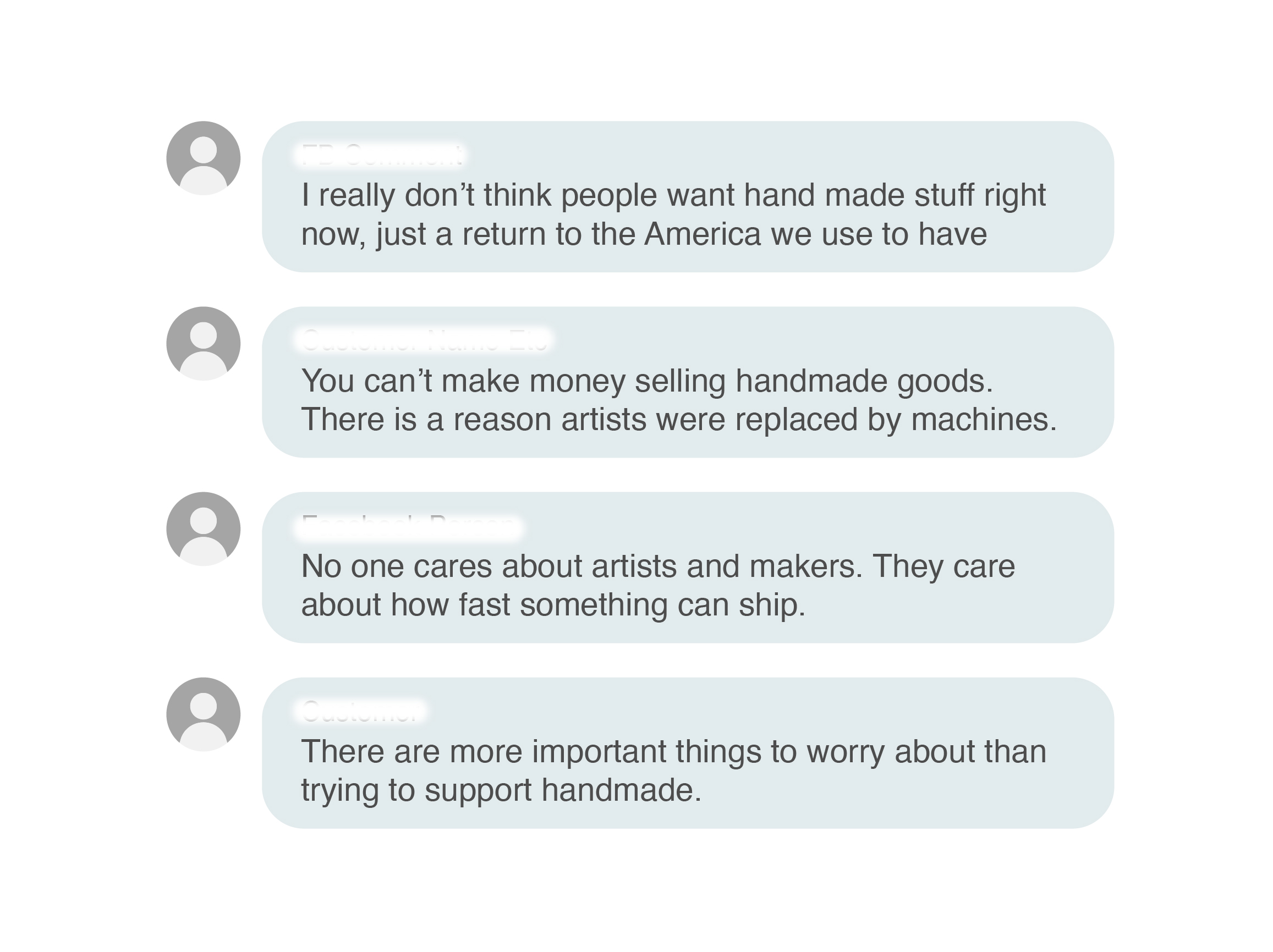
Beyond the Product: Supporting Real People
When you purchase something handmade, you’re not just buying an object. You’re directly supporting someone who has poured their time, skill, and passion into creating something unique. That ceramic mug wasn’t manufactured in a distant factory by machines; it was shaped by human hands and fired in a kiln tended by someone who has spent years perfecting their craft. The person who made it probably did a little dance when they saw your order come through.
It’s not just about the “handmade product”—it’s about supporting a small business, a real person with dreams, bills to pay, and a creative vision they’re brave enough to share with the world.
Those artisans you see at your local market? While some might be there purely for the joy of sharing their craft, many rely on these sales as a crucial income stream. That soap maker with the incredible scents or the seamstress with beautifully crafted bags isn’t just pursuing a weekend hobby—they’re running a business that puts food on their table and keeps the lights on. Your purchase might be the difference between them continuing their craft or having to find another source of income.
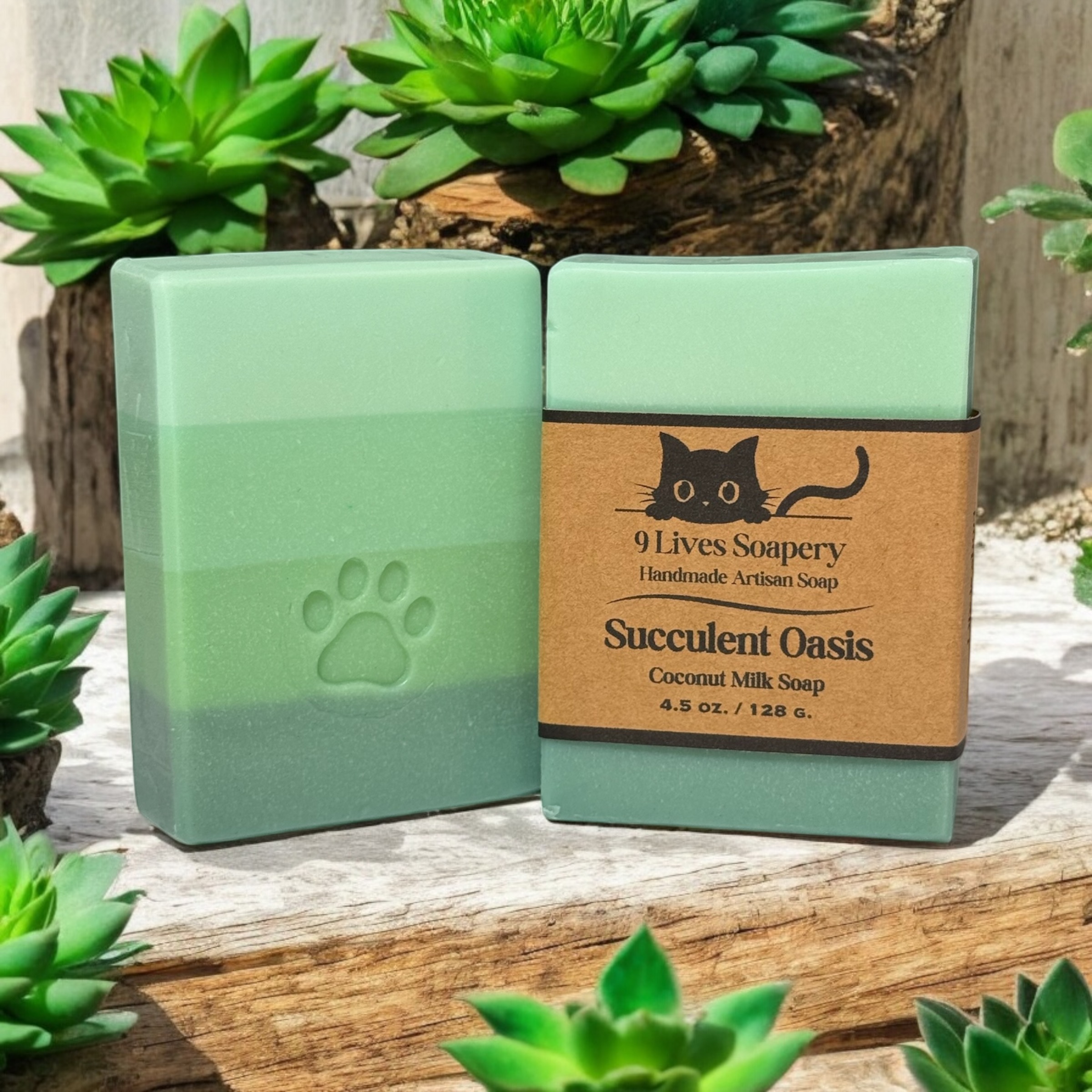
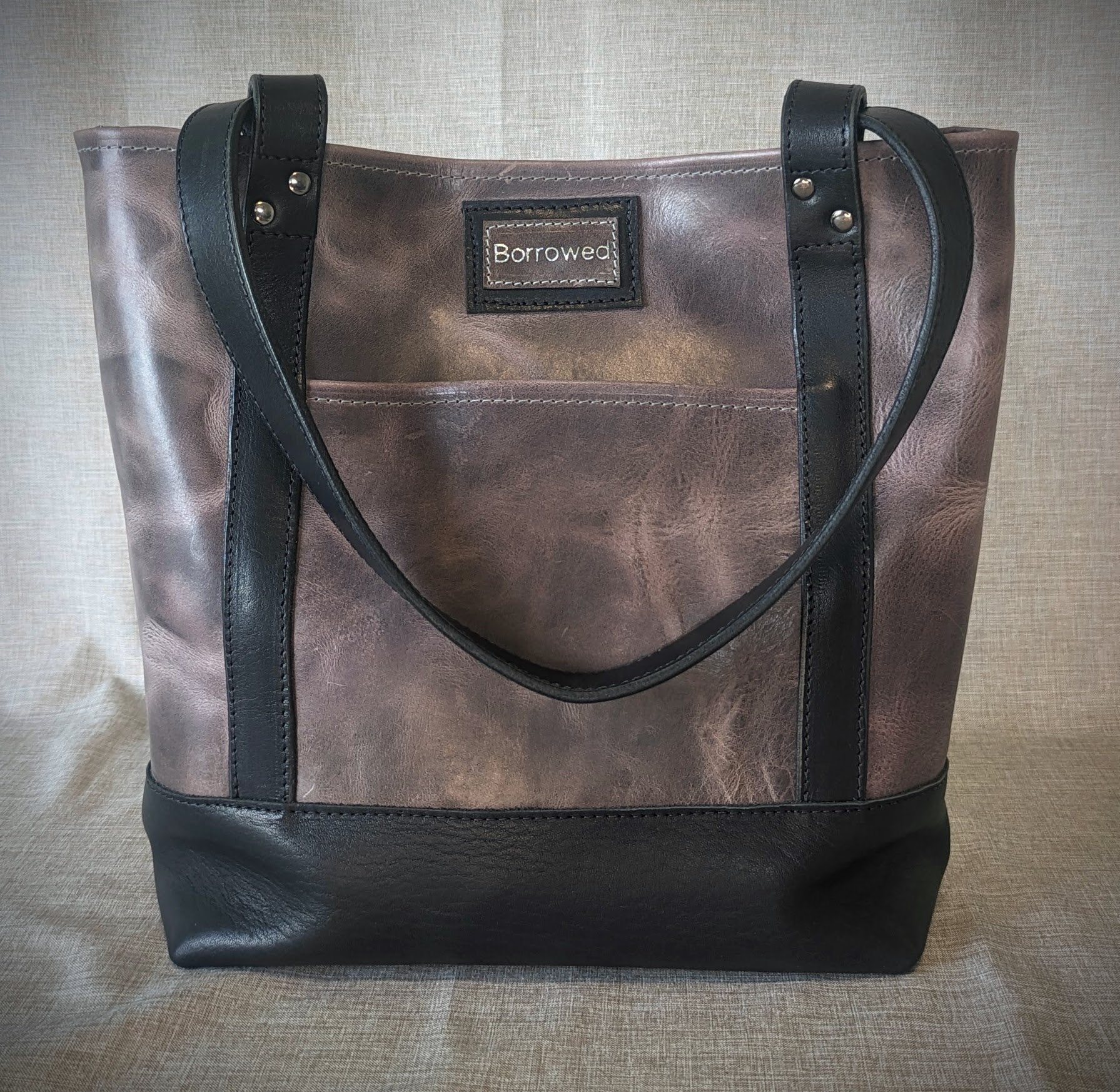
Your Local Artisan Is No Different Than Your Local Pizzeria
We don’t think twice about supporting our neighborhood pizza place. We understand that choosing the local spot over the chain restaurant keeps money in our community and preserves what makes our area special. Yet somehow, we’ve created a disconnect when it comes to handmade goods.
The woodworker crafting cutting boards, bowls, or spoons is no different than the pizza maker perfecting their dough. Both are skilled professionals creating something with care that enhances our daily lives. The only difference is that instead of feeding your stomach, the artisan is feeding your home, wardrobe, or gift-giving with items made with intention.
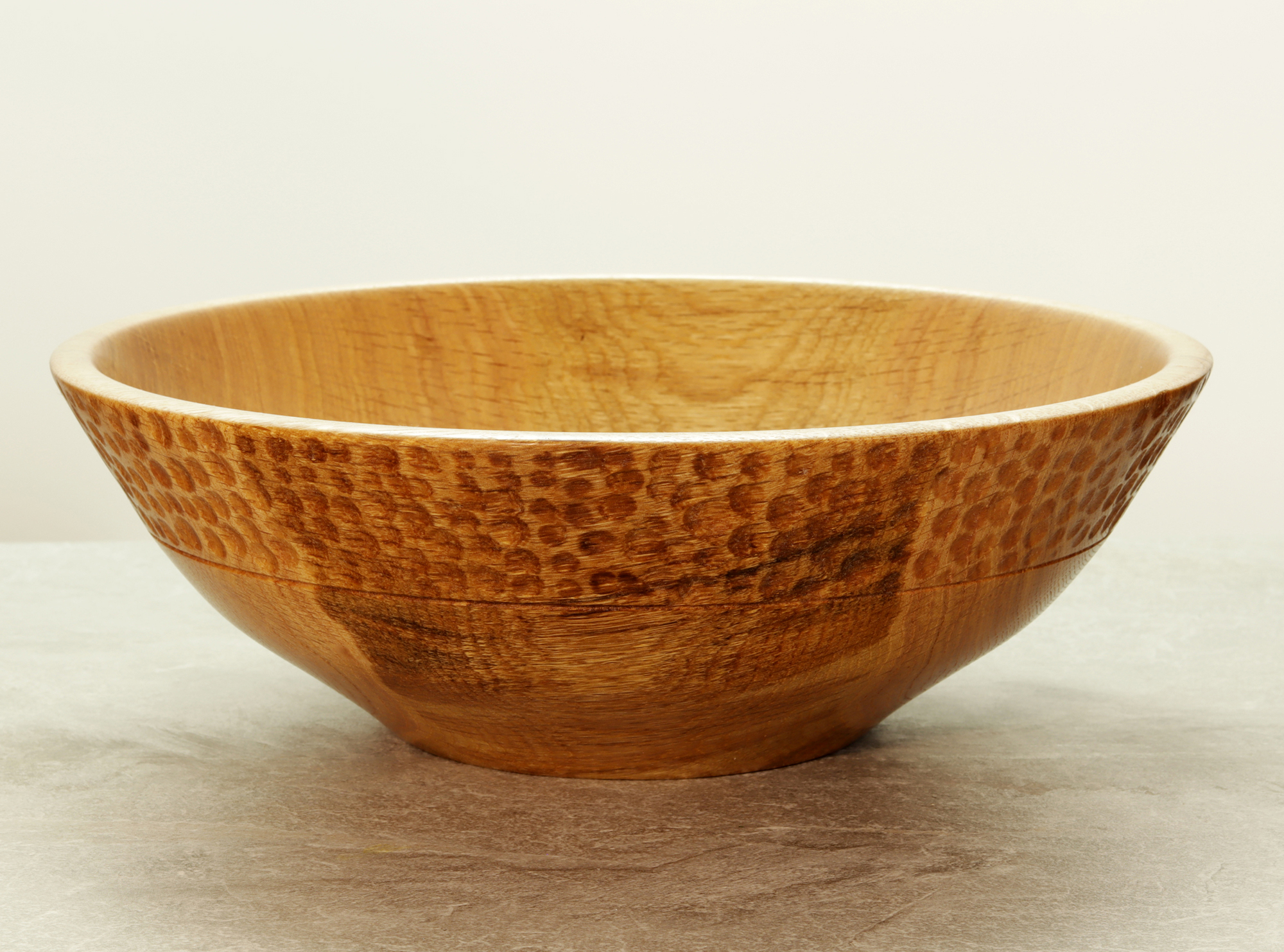
Art As Essential Nourishment
Art and handcrafted items serve as mood boosters in our lives—something many desperately need in today’s fast-paced, often overwhelming world. That hand-knit blanket doesn’t just keep you warm; it wraps you in someone else’s care. Handmade jewelry isn’t just an accessory; it’s a confidence booster worn with pride. That painting or print on your wall doesn’t just fill an empty space; it puts a smile on your face when you come home after a long, draining day.
Studies have shown that surrounding ourselves with meaningful objects actually improves our mental well-being. In an era of rising anxiety and digital overload, the tactile connection to something made by human hands provides a grounding force that mass-produced items cannot replicate.
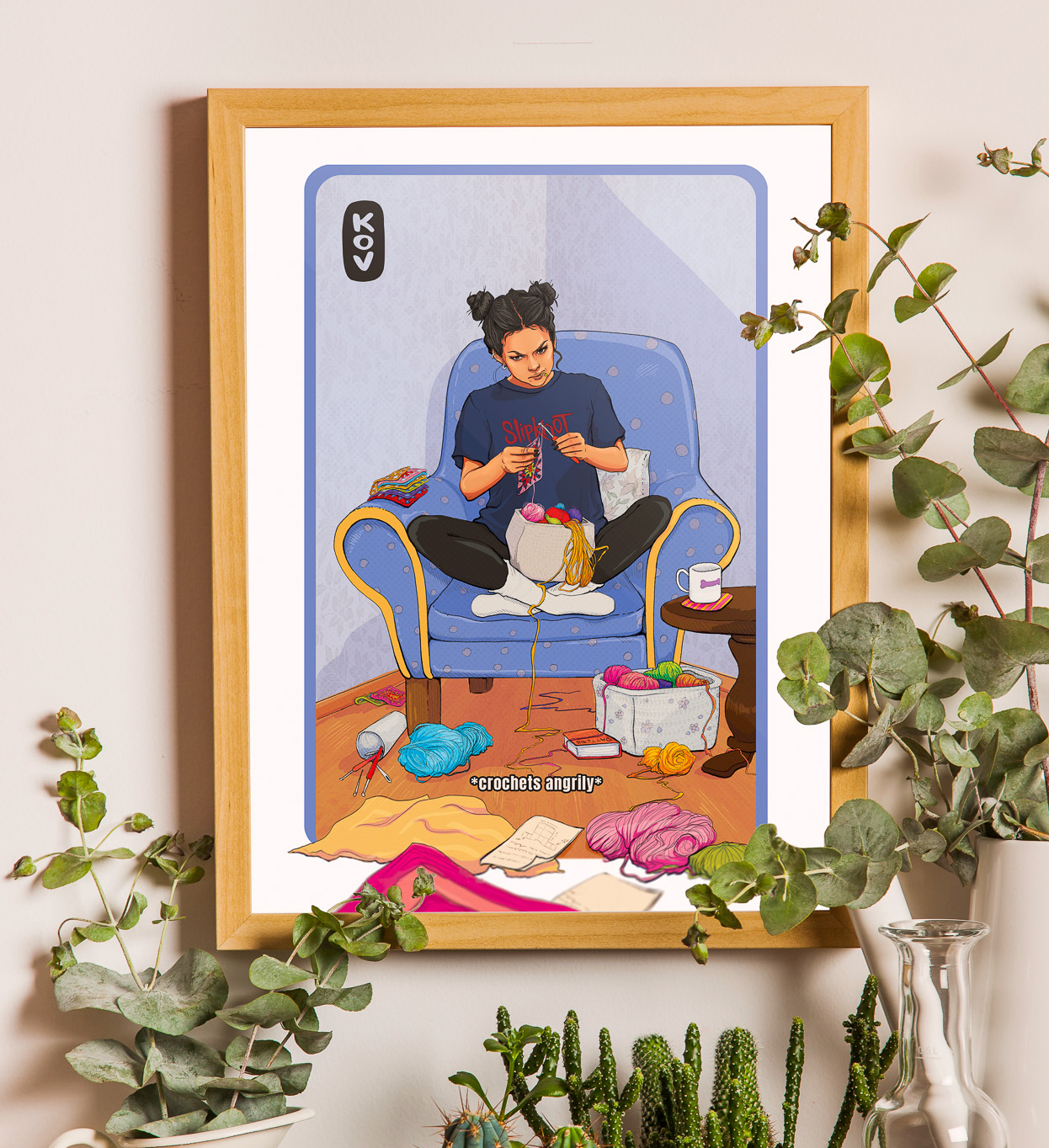
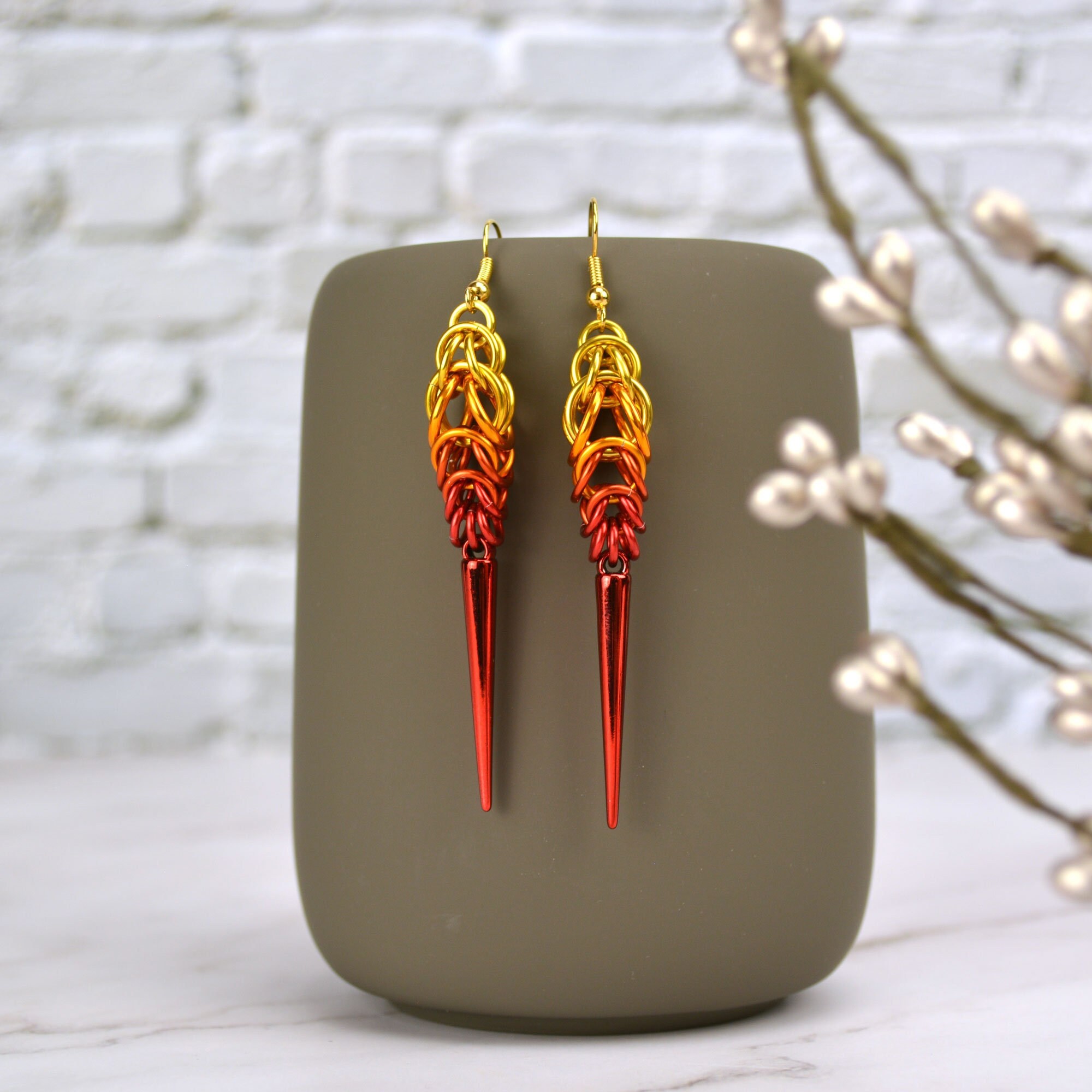
The Story Behind Every Stitch
Every handmade item carries a narrative woven into its very creation—from the inspiration that sparked it to the hands that brought it to life. Bringing a handmade piece into your home makes you a chapter in its story. That handwoven scarf isn’t just a purchase; it’s a connection to the person who selected the fibers, chose the colors, and crafted each thread with intention.
Right now, social conversations are increasingly reduced to quick digital exchanges, and we find ourselves longing for something more substantial. The tangible nature of handmade goods offers a bridge to genuine human experience that our screen-dominated lives often lack. That unique glass piece hanging in your window or the beautiful necklace you’re wearing to grab coffee becomes a conversation starter—”Where did you get that?” opens the door to sharing the maker’s story, connecting you to guests in your home through something real and tangible.
These stories matter in a world where so much is anonymous and interchangeable. They connect us to our shared humanity and remind us that human hands and hearts are behind every creation.
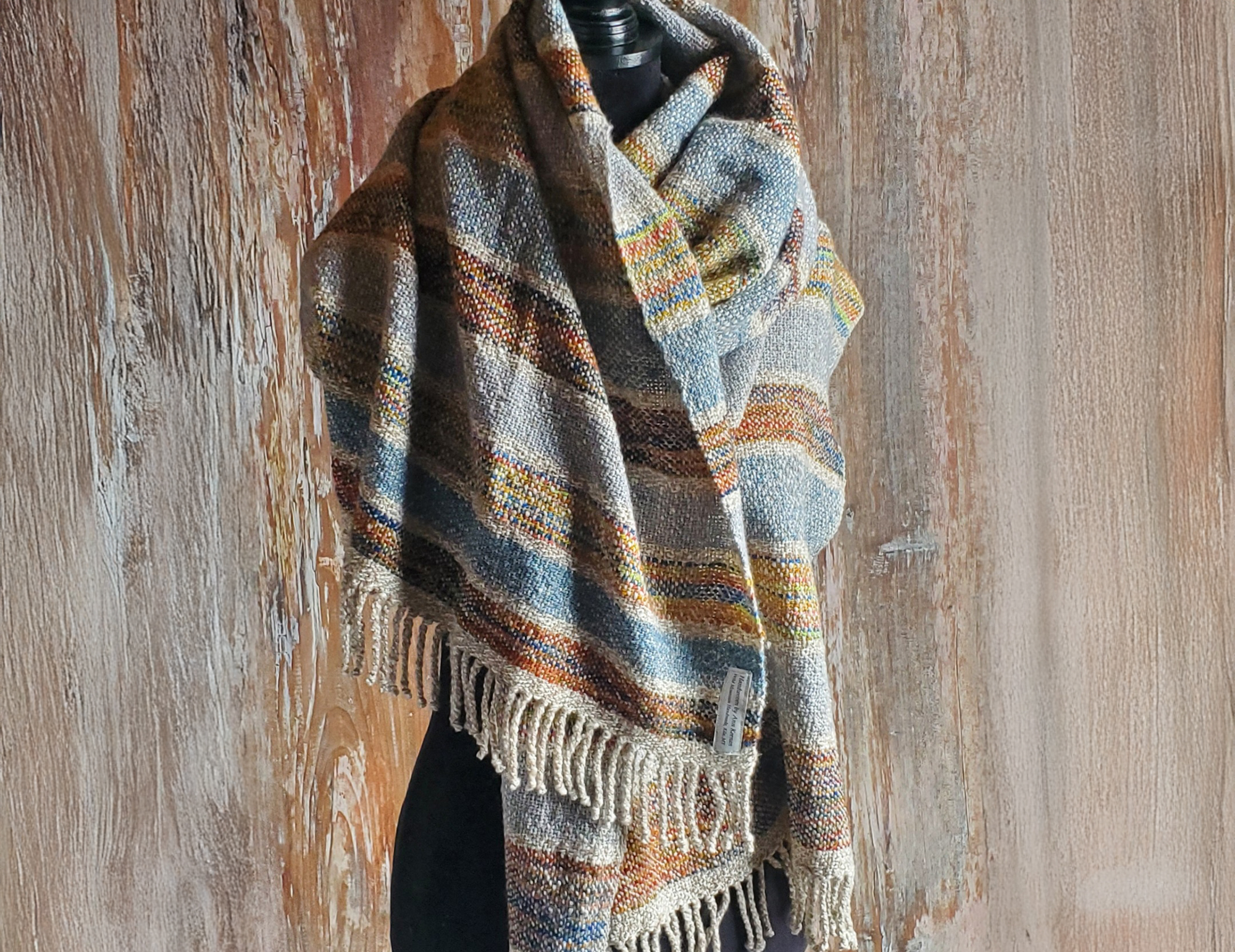
Sustainability Beyond the Buzzword
When discussing sustainability, we often emphasize materials alone. However, true sustainability includes the entire lifecycle of products, such as how they are produced, distributed, and ultimately discarded.
Many handmade items use locally-sourced materials, minimize waste, and are built to last. Artisans typically make in small batches, avoiding the overproduction that plagues fast fashion and home décor. When something is made with care and attention to detail, it’s more likely to become an heirloom than landfill fodder.
Shopping locally—whether in person or online—significantly reduces carbon emissions associated with shipping and transportation. When you purchase from a maker in your region, that item travels a much shorter distance to reach you compared to products shipped from overseas factories. Even shopping online from local artisans reduces the overall carbon footprint of your purchase. Platforms like goimagine.com make this easier by allowing you to filter searches by state, helping you discover and support makers in your area.
By investing in handmade, you’re often making a choice that’s better for the planet, not because it’s marketed as “eco-friendly,” but because it’s inherently more aligned with thoughtful consumption and shorter supply chains.
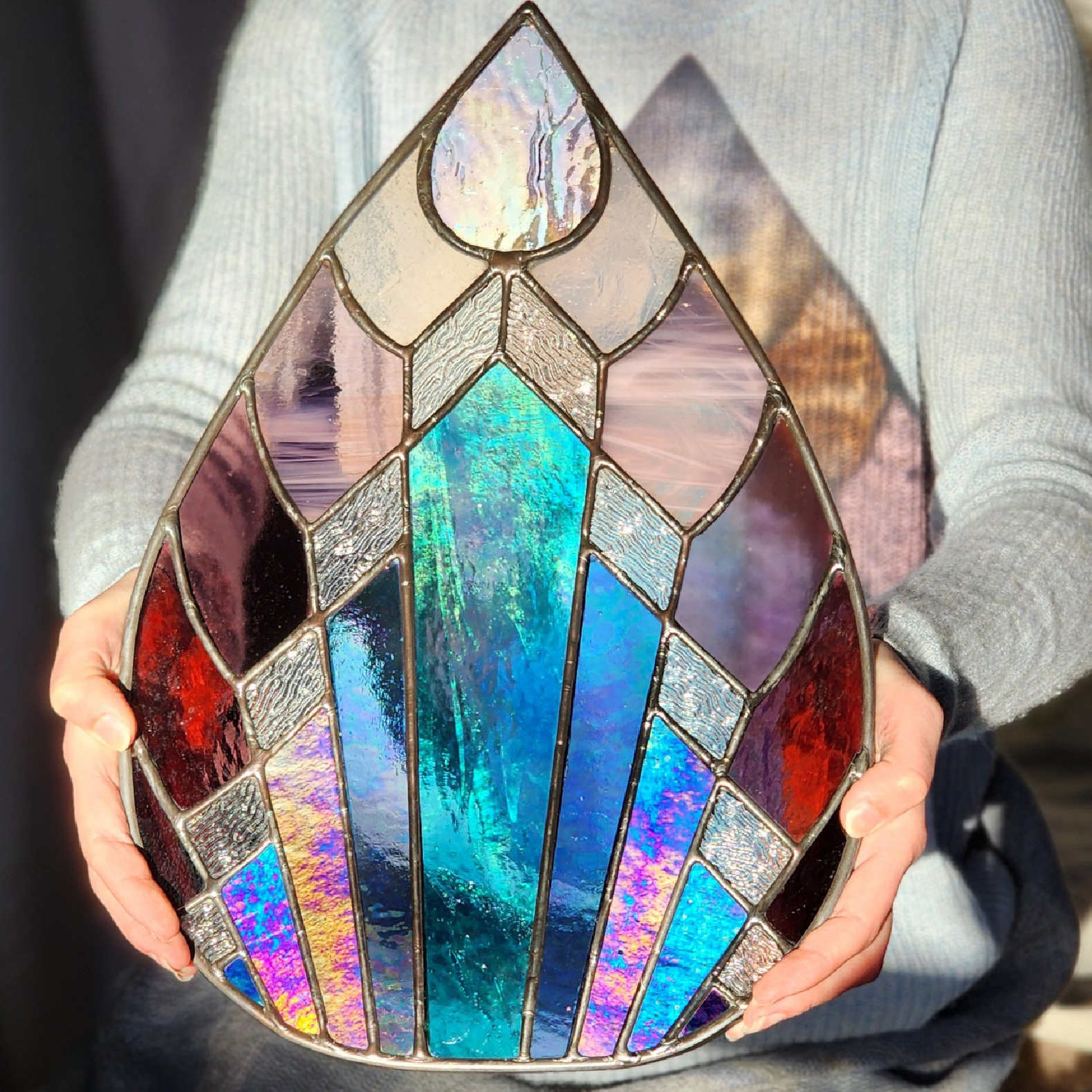
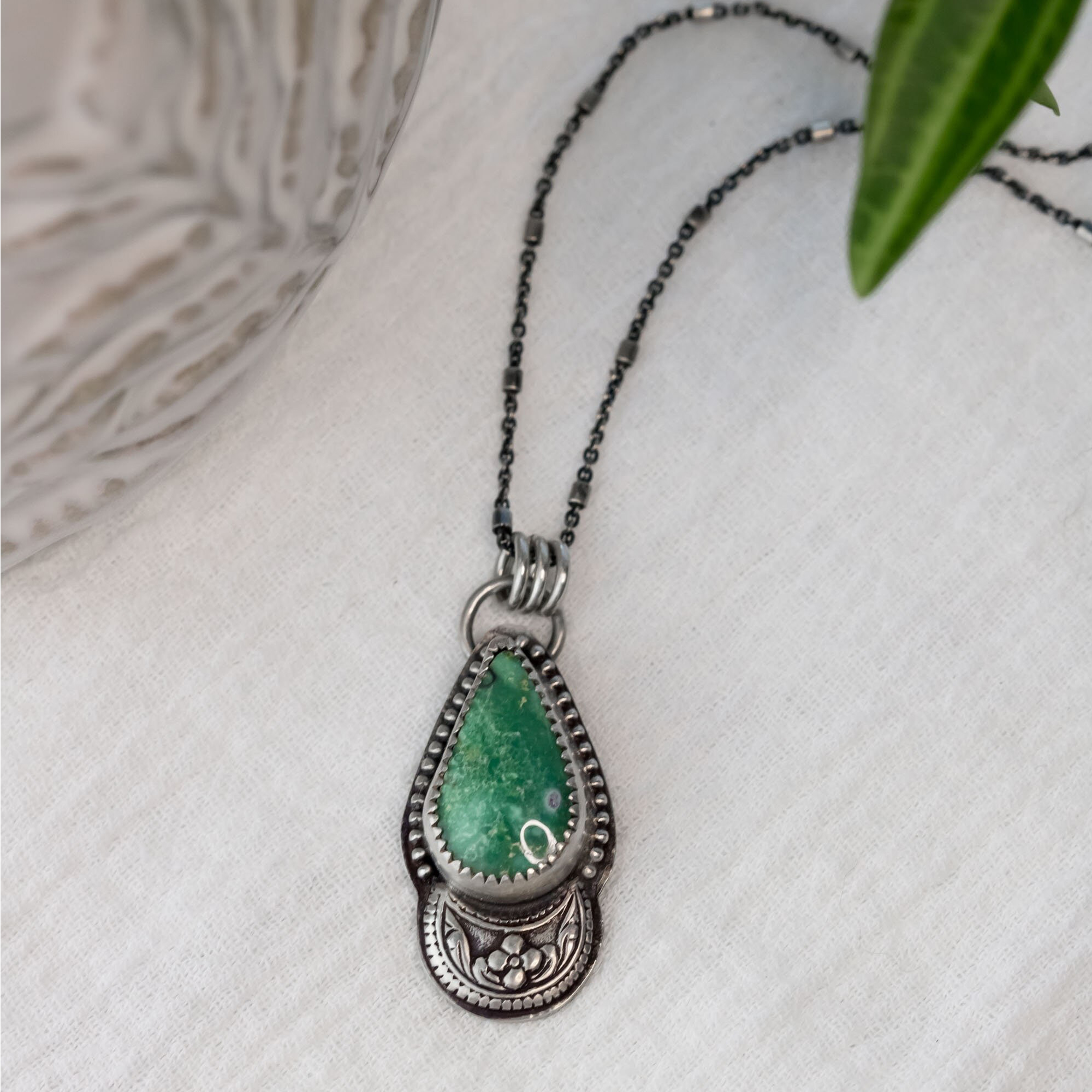
The Antidote to Algorithm-Driven Choices
We increasingly live in a world curated by algorithms, which show us more of what we’ve already seen and steer us toward predictable choices. Social media feeds, shopping recommendations, and even search results are all filtered through invisible systems that narrow our experiences rather than expand them.
Handmade items break this cycle. They represent human creativity that isn’t constrained by what’s trending or what data suggests will sell best. Each maker brings their unique perspective, cultural background, and artistic vision to their work, resulting in pieces that algorithms might never recommend, but that could bring unexpected joy to your life.
Supporting handmade goods represents a small but meaningful act of resistance against the growing uniformity of our material world. It conveys the message: I appreciate the unexpected, the imperfect, and the truly unique expressions that arise from individual creativity. It’s about stepping outside the echo chamber of algorithm-driven recommendations to find something genuinely different.
In a time when so many of our choices are subtly guided by data-driven systems optimized for profit rather than human connection or artistic expression, choosing handmade helps keep diversity alive in our material culture. It ensures that not everything in our homes and lives looks like it came from the same few massive retailers. The handmade movement preserves variety, personality, and cultural richness in the things we surround ourselves with.
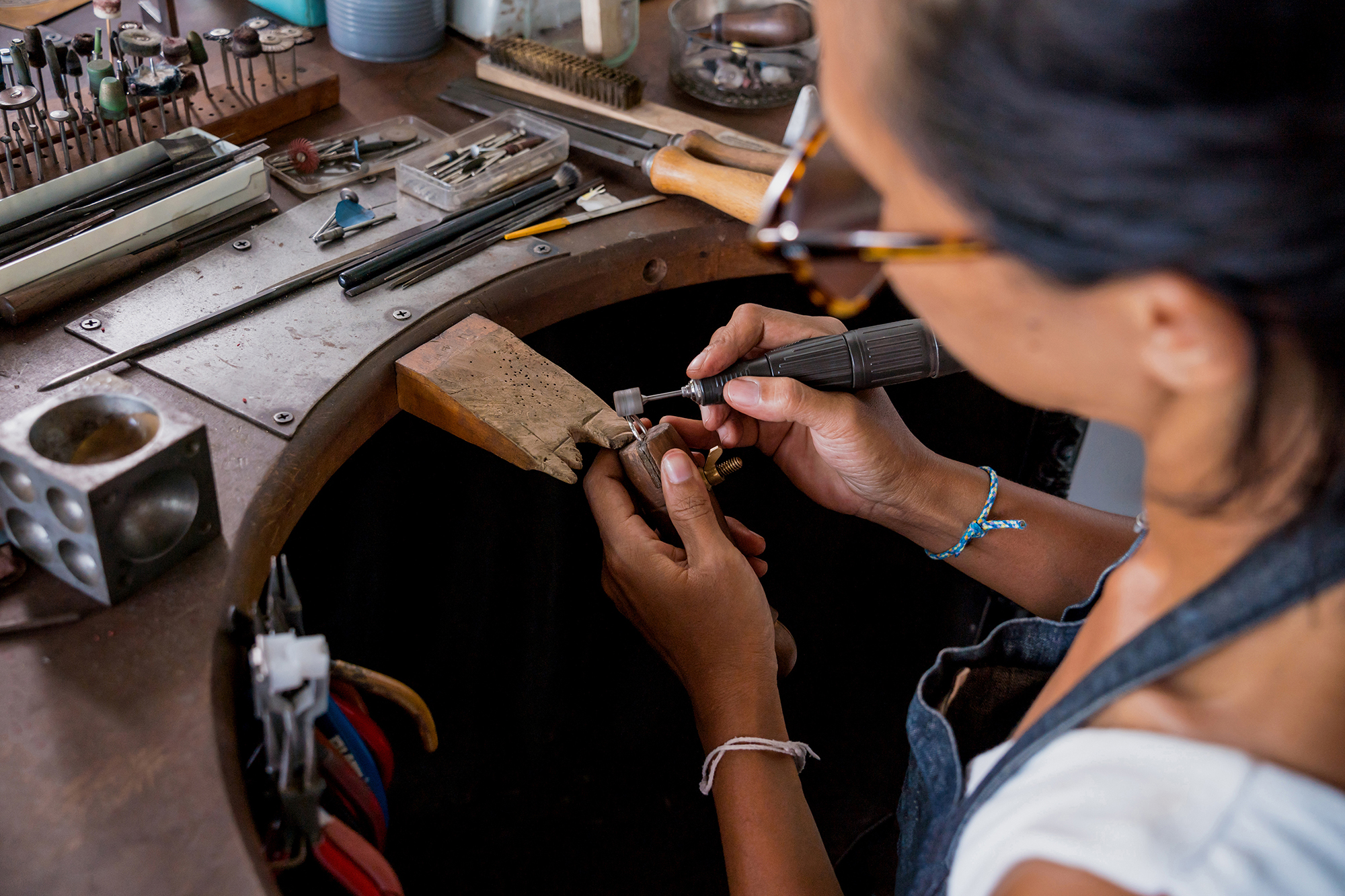
Rediscovering the Joy of Connection
What we’re really missing in our rush to convenience is the joy of human connection. When you purchase something handmade, you often communicate directly with its maker. You can ask questions about their process, request customizations, or simply express appreciation for their work.
This exchange is worlds away from the anonymous transaction of mainstream shopping. It reminds us that commerce, at its best, can be a form of communion—a meaningful exchange between maker and appreciator.
Supporting these artisans, whether in person at local markets or online through their shops, is crucial to their survival. The artisan selling hand-knitted hats at your farmers market might also have an online shop to reach customers year-round. That candle maker you discovered on social media might depend on in-person events and digital sales to make their business viable.
Each purchase helps these small businesses find and connect with their ideal customers—people who truly value their unique vision and craftsmanship. In a marketplace dominated by massive corporations with enormous marketing budgets, your support gives these independent creators a fighting chance to continue doing what they love while making a living.

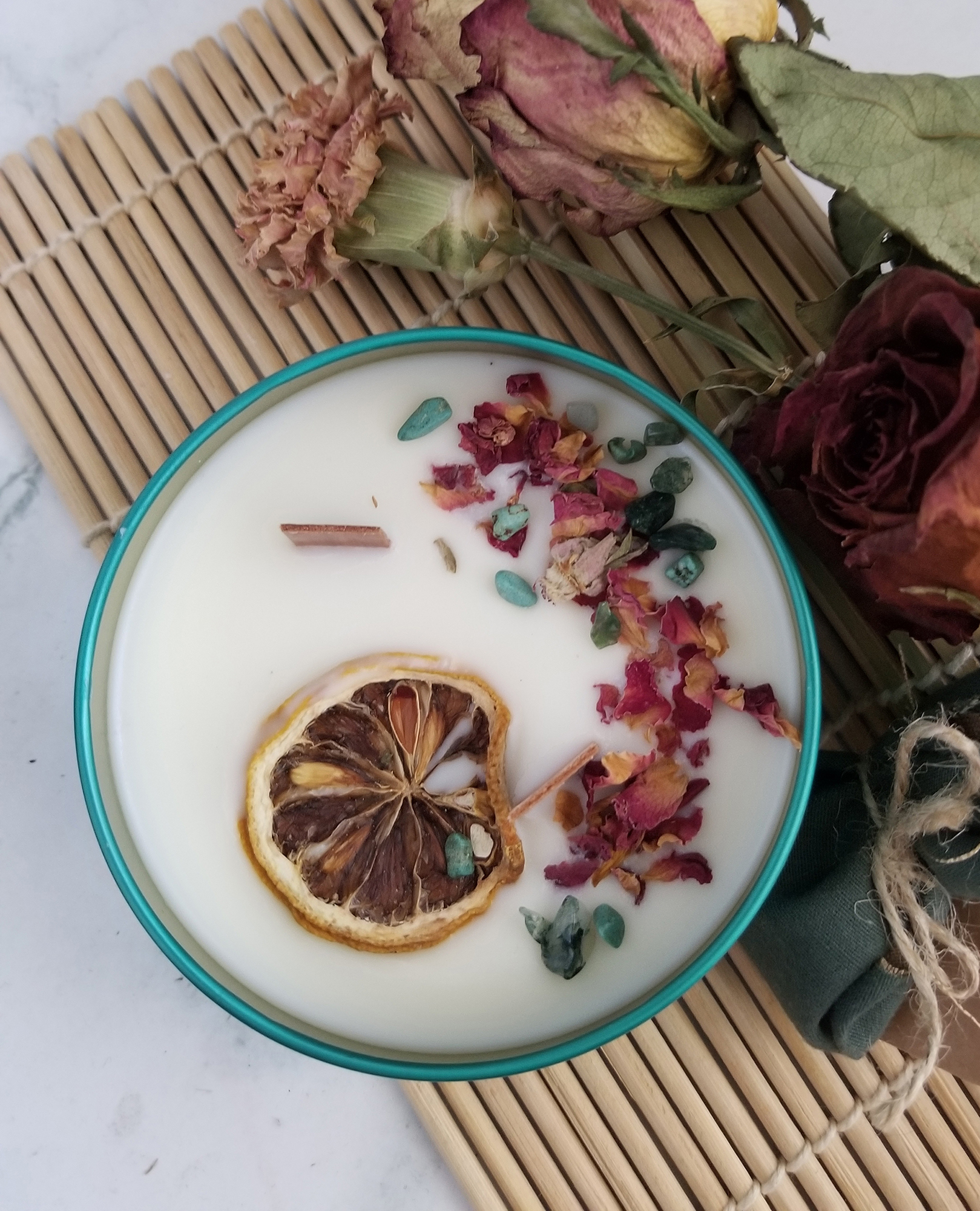
The Choice Is Ours
Plenty of people still care deeply about handmade. But in a world optimized for convenience and driven by algorithms prioritizing the most profitable options, choosing handmade requires more intention.
Whenever you choose to purchase from an independent maker, you vote for the world you want to live in. You’re supporting real people with dreams and bills to pay. You’re choosing quality over quantity, meaning over convenience, and human connection over corporate efficiency.
These small choices add up. They help sustain traditions and skills that might otherwise disappear. They keep money circulating in your local economy. They reduce environmental impact and preserve diversity in our material culture.
And perhaps most importantly, they bring more beauty, joy, and meaning into your daily life. That morning coffee tastes better in a mug made by human hands. That scarf feels warmer knowing the care that went into creating it. That painting on your wall means more because you know the artist’s story.
So the next time you need something—a gift, a home item, or something for yourself—take that extra moment to seek out the independent creator. Visit your local craft market. Browse platforms dedicated to handmade goods. Look for the person creating what you need with care and skill.
In an increasingly disconnected world, objects made with love by human hands remind us of what truly matters—the beauty of connection, the value of craft, and the irreplaceable touch of someone who cares enough to create.

Stephanie is naturally creative and is passionate about art, design, and everything handmade. She has always enjoyed exploring new techniques and trends in the handmade industry and has channeled this into her role as the Creative Director and co-founder of goimagine. Through her love for creating, she has successfully sold her unique wares, which range from fine art to simple crafts, in both online and in-person markets.
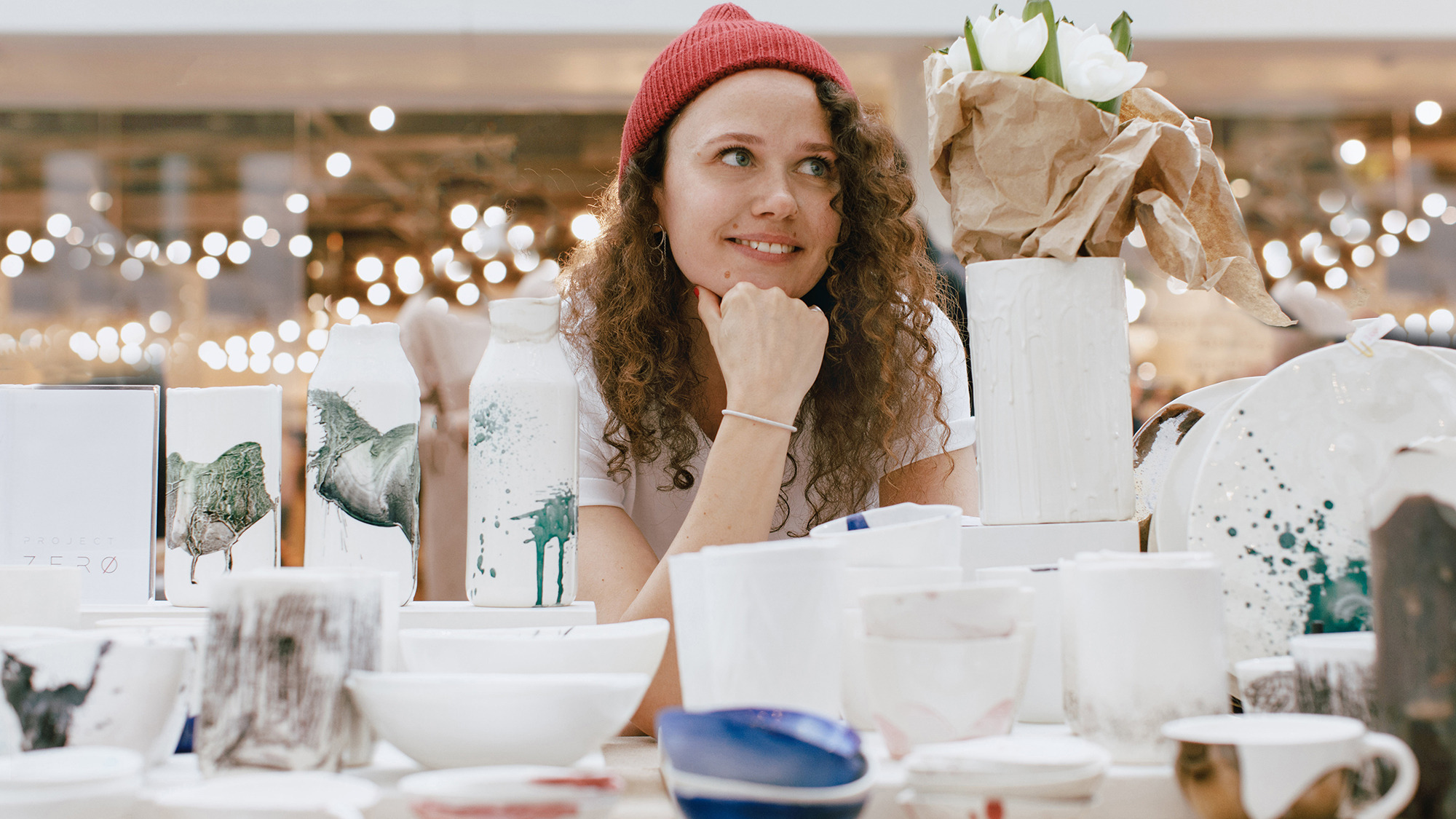
What a thoughtful piece of writing; thank you, goimagine, for continuing to support handmade as well as encourage a caring economy and more creative and mindful society. Such a wonderful platform to buy and sell from!
Beautifully written. You bring up so many important points for supporting handmade.